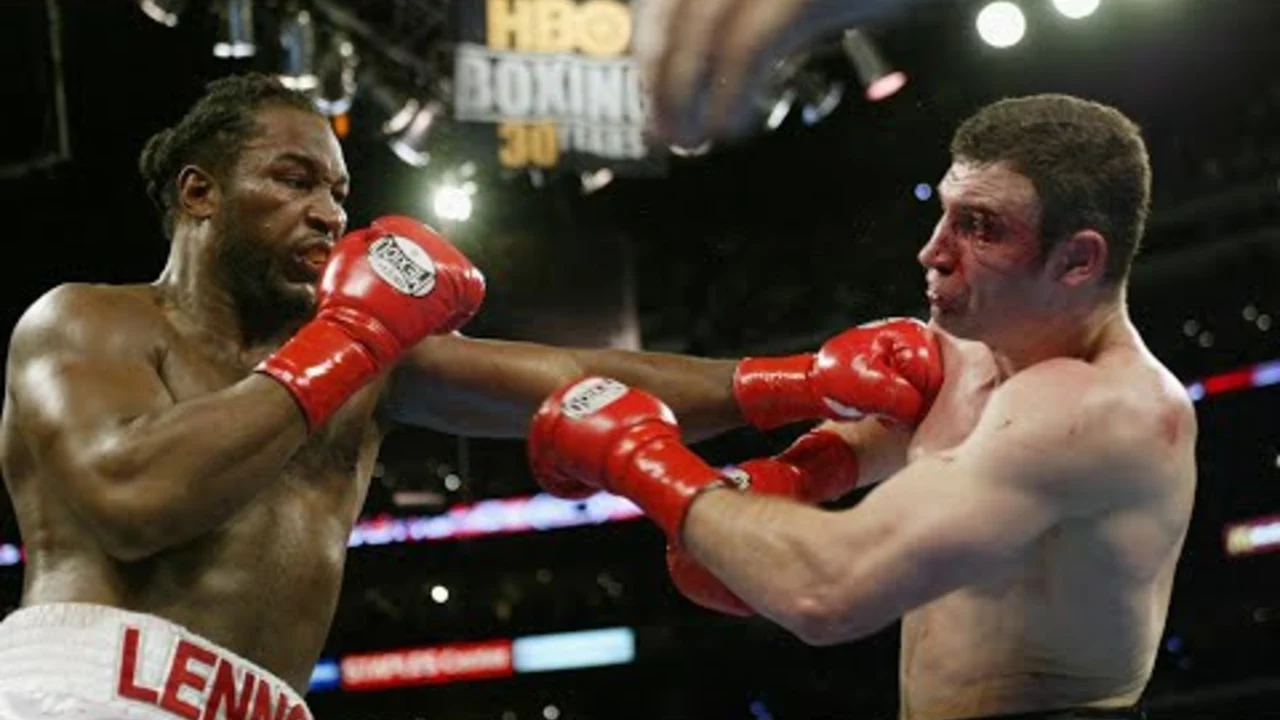British Boxing History: From Bare‑Knuckle Roots to World‑Class Champions
When you talk about boxing in the UK, you’re really diving into a story that’s over 200 years old. It started with bare‑knuckle bouts in taverns, grew into organized clubs, and today the UK produces some of the biggest names on the planet. If you love the sport, knowing how it got here makes every punch feel richer.
Early Days – Bare‑Knuckle Beginnings
Back in the 1800s, fights were raw and illegal. Guys like James “Jim” Corbett and John L. Sullivan (though American‑born) crossed the Channel for challenge matches that drew huge crowds. The first official British title was handed out in 1909, and that marked the shift from street brawls to legit sport. Those early fighters set the tone: toughness, stamina, and a crowd‑pleasing show.
Golden Eras and Modern Legends
The 1960s and 70s gave us heroes like Henry Cooper, who knocked down Muhammad Ali in 1963 – a moment still replayed on highlight reels. Then came the 80s and 90s with the rise of Lennox Lewis, a towering heavyweight who clinched multiple world titles for Britain. More recent stars such as Anthony Joshua, Tyson Fury, and Katie Taylor show how the UK stays at the top of every weight class.
Each era brought something new. The 90s saw the birth of the “British Boxing Board of Control” (BBBofC) standards, making safety and fairness central. Promotions like Matchroom Boxing turned fights into big‑ticket events, and TV deals with Sky Sports turned ordinary bouts into national spectacles.
Why does this history matter? Because every time a boxer steps into the ring, they’re walking a path laid down by those early champions. Understanding the evolution helps fans appreciate the strategy behind a jab, the significance of a British title belt, and the pride in fighting under the Union Jack.
For newcomers, start by watching classic fights: Cooper vs. Ali (1963), Lewis vs. Holyfield (1999), and Fury vs. Wilder (2019). They’re not just entertaining; they showcase how British fighters adapted different styles – from the classic orthodox stance to the modern, south‑paw power game.
If you’re a budding boxer, the history also points you to the best gyms. Places like the Repton Club in London or the Kirkby Boxing Club have produced world champions and still offer elite coaching. Training where legends once learned their craft can give you that extra edge.
Finally, the future looks bright. With youth programs expanding and more women’s divisions gaining attention, the UK is set to add fresh chapters to its boxing saga. Keep an eye on upcoming talent in the British Super‑Series and the growing popularity of grassroots tournaments.
So next time you watch a fight, think about the centuries of grit, skill, and drama that led to this moment. British boxing history isn’t just a timeline – it’s the beating heart of the sport today.
What happened to heavyweight boxing?
Over the years, heavyweight boxing has experienced a lot of ups and downs. Once the pinnacle of the sports world, it seems to have lost its charm and appeal. This is partly due to the lack of charismatic, larger-than-life figures like in the past, and a shift of interest towards mixed martial arts. However, recent resurgence led by figures like Anthony Joshua and Tyson Fury show promise for the future. It's safe to say that heavyweight boxing is not what it used to be, but it's definitely not out for the count yet.

 Entertainment
Entertainment